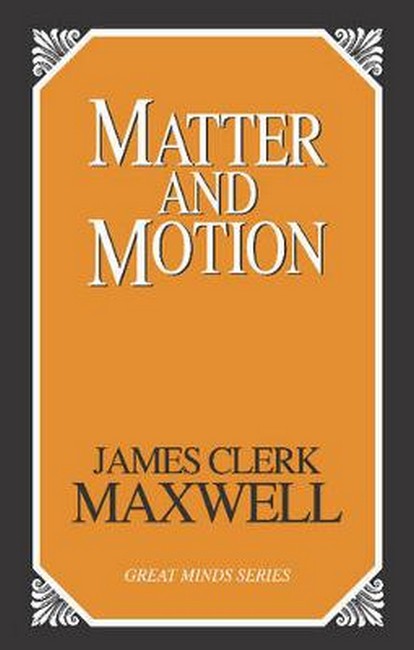Physicist JAMES CLERK MAXWELL (1831 - 1879), born in Edinburgh, Scotland, was the only child of lawyer John Clerk Maxwell and enjoyed a comfortable middle-class family. After an early education at home, Maxwell entered the University of Edin-burgh at age sixteen and then the University of Cambridge in 1850, where he won early recognition with his mathematical papers. One of these papers, On the Stability of Motion of Saturn's Rings (1859), was especially important and foreshadowed his later investigations of heat and the kinetic theory of gases. Maxwell was professor at Marischal College, Aberdeen (1856- 1860), and King's College, London (1860-1865). He was elected to the Royal Society in 1861. He resigned his professorship at King's College in 1865 to devote himself to writing his famous work on elec-tromagnetism, A Treatise on Electricity and Magnetism (1873). In 1871 he was appointed first professor of experimental physics at Cam-bridge, where he supervised the design and construction of the Cavendish Laboratory. Maxwell is also known for his studies of color perception, color blindness, and geometrical optics. In addition to his papers in these fields, he wrote a classic elementary text in dynamics, Matter and Motion (1876). His other books were Theory of Heat (1870) and Elementary Treatise on Electricity (1881).

